 Ernst
Zündel
Ernst
Zündel  Ernst
Zündel
Ernst
Zündel Just think for a minute, Nizkor! Think of the precautions used in American gas chambers - with their tiled floors, stainless steel construction, exhausters etc. See for yourself what it takes in America and would have taken in Germany to prepare for an efficient mass gassing and to remove the bodies afterwards, and then clean up the facilities if they had wanted uninterrupted mass gassings for another batch of victims.
What a REAL gas chamber looks like
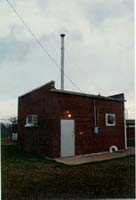 .
.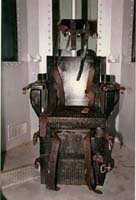 .
.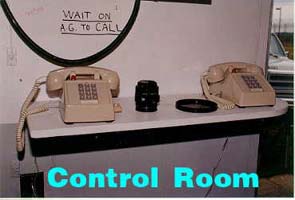 .
.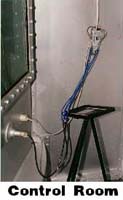
 ..
..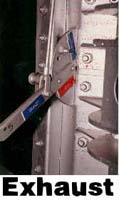 ..
..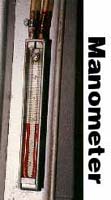 ..
..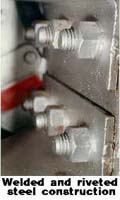 ..
..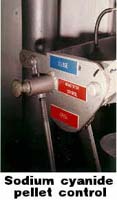
Would the highly technically efficient Germans have wanted to constantly
train new sets of "Gasmeisters"? That is plain utter nonsense!
To run the gassing operations at peak performance would have taken skilled
"gassers" to avoid breakdown, mishaps or even glitches. Even
if there were no other evidence that the entire hoax of the so-called "gassings"
is just that - a hoax! - this question alone should have settled the matter
years ago.
 Noneless,
to get an update on this question, we have consulted with Germar Rudolf,
author of the splendid "Das
Rudolf Gutachten" (Cromwell Press, 1993) , and here is what he
said:
Noneless,
to get an update on this question, we have consulted with Germar Rudolf,
author of the splendid "Das
Rudolf Gutachten" (Cromwell Press, 1993) , and here is what he
said:
"There is neither a law nor a rule, not even a rough guess that can be used to answer this question. It depends on the architectural properties of the room to be fumigated, on its content, the temperature, the ventilation system etc.
Cold, large rooms completely decorated with furniture and all kinds of cloth (curtains, carpets, mattresses, clothes), without ventilation systems and only a few small windows and doors may need several days to vent. A small, especially designed room with heating and a strong ventilation system (German "Kreislaufanlage") might need not more than an hour.
The alleged Nazi gas chambers were concrete (Krema II & III) or plastered rooms (Krema IV & V) allegedly filled up with heaps of corpses - with only one door in two cases (II & III) or, additionally, some small vents in the two others.
The first two rooms mentioned had a very poorly designed ventilation system, originally planned for a morgue. Following the calculations of experts correcting the wrong ones of the amateur J.-C. Pressac, on which the exterminationists rely (J.-C. Pressac, "Auschwitz: Technique and Operation of the Gas Chambers", Beate Klarsfeld Foundation, New York 1989), it would have taken some two hours to reduce the initial HCN content of these rooms down to a level of 10%. (cp. R. Kammerer, op. cit.).
The other alleged "gas chambers" did not have forced-ventilation systems. A sudorific work like pulling corpses out of them would have been possible only until many hours had passed, since HCN adheres strongly on wet skin in body cavities like ears, mouth, nostrils etc. and is able to kill operators or corpse handlers that way. Even after a couple of hours of natural venting, gas masks with special filters, protective clothing etc. would have been necessary for the hard-working members of the Sonderkommando.
Eyewitness accounts, which tell us about immediate emptying of the chambers or of the absence of gas masks, are false. Wild stories about crews carrying out cadavers and working with cleaning the bodies while smoking, eating and drinking, are untrue.
October 1, 1996